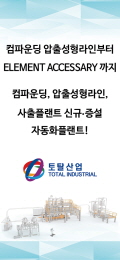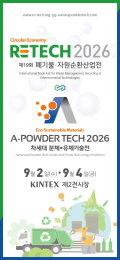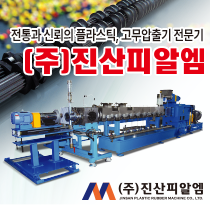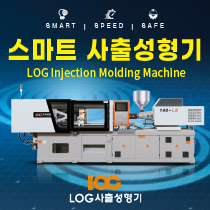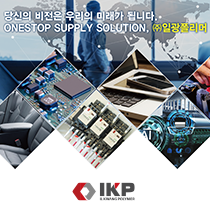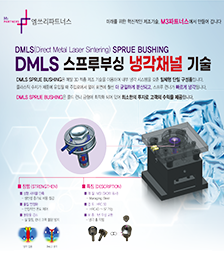April 4, 2017Hexion Inc. (“Hexion” or the “Company”) is introducing a new Bakelite phenolic resin for the production of coatings with an ultra-low free formaldehyde (ULEF) content of less than 0.1%, at the European Coatings Show 2017 in Nuremberg, Germany.The new, low volatile organic compound (VOC) Bakelite® PF 7835 LB Resin maintains the superior adhesion and substrate protection of industry benchmark Bakelite® PF 6535 LB Resin, when used as a crosslinking agent for polyester and acrylic based container coatings. Crosslinkers bind polymer chains together, and are used to produce particularly tough and resilient coatings that can resist mechanical deformation, aggressive chemicals and sterilization processes. These coatings are used as protective liners in food cans, aerosol cans, tubes, and other metal containers.“Our new Bakelite ULEF phenolic resin will enable customers to formulate higher performance coatings, since they will be able to include a higher phenolic content without exceeding the preferred 0.1% limit of free formaldehyde for these applications,” said JP Aucoin, Vice President and General Manager, Global Phenolic Specialty Resins. “The extremely low level of free formaldehyde in this resin system is significantly less than that of any other phenolic resin available in the market and provides manufacturers with a variety of formulation advantages, such as anticorrosion properties and a long shelf life.”Beyond reduced free formaldehyde, the new Bakelite resin features free phenol levels below 0.5%, resulting in lower overall free VOCs. Hexion also offers Bakelite ULEF resins specifically designed for use in anticorrosive and powder coatings.For more information, consult with Hexion - Hall 7A, Stand 525 - during ECS 2017 in Nuremberg, April 4-6, or visit http://hexion.com/am/bakelitephenolicresins/ or www.hexion.com/contacts.http://finance.yahoo.com/news/hexion-inc-introduces-ultra-low-051500985.html
Ms. Kang
2017-04-07

